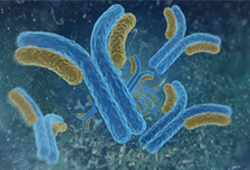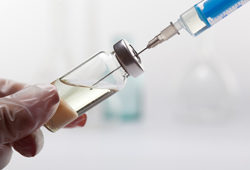On October 6-7, 2016, the Medicare Payment Advisory Commission (MedPAC), a federal agency that advises Congress on Medicare pay policies, held a public meeting, with one session titled “Biosimilars in Medicare Part D.” This session concerned, among other things, market acceptance of biosimilars, including issues relating to interchangeability and costs. …








